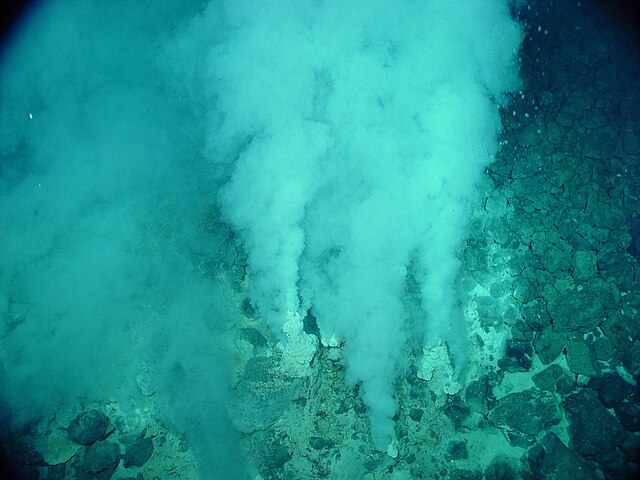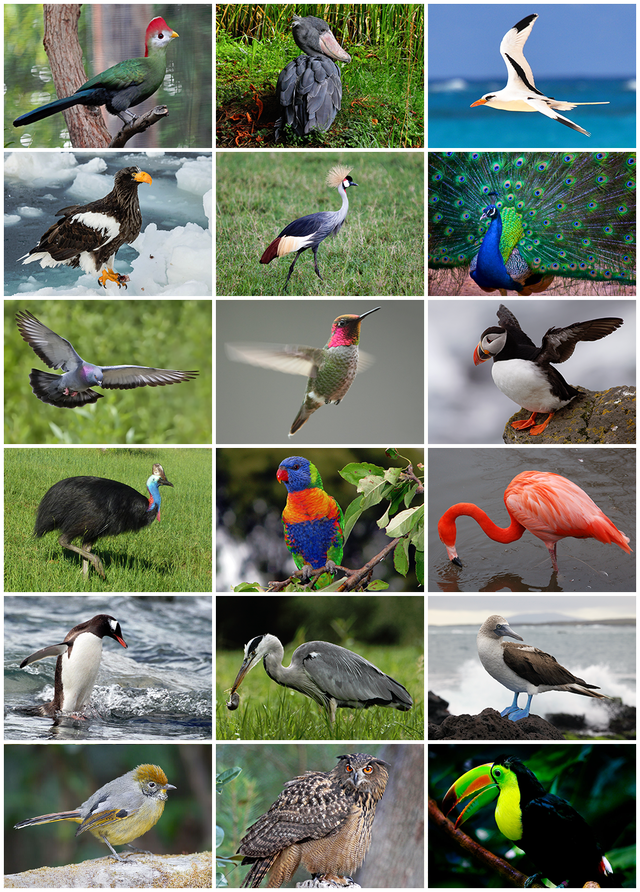BOOK ONE, CHAPTER THREE

Image from http://oceanexplorer.noaa.gov/explorations/04fire/logs/hirez/champagne_vent_hirez.jpg
Evidence of possibly the oldest life forms on Earth has been found in hydrothermal vent precipitates.
The first life on Earth appeared around 3.5 billion years ago as simple single-celled organisms. These microscopic life forms gradually diversified and evolved, giving rise to more complex organisms such as plants, animals, and humans. Life on Earth has adapted and thrived through the process of evolution.

Image from NASA, Public domain, via Wikimedia Commons
The theory of panspermia speculates that life on Earth may have come from biological matter carried by space dust or meteorites.
The earliest known life forms are accepted fossilised microorganisms in white smoker hydrothermal vent precipitates. They may have lived as early as 4.28 billion years ago, relatively soon after the formation of the oceans 4.41 billion years ago, not long after the Earth's formation 4.54 billion years ago.
Over millions of years, Earth has undergone numerous geological changes, including the formation of mountains, the shifting of continents, and the occurrence of ice ages. These changes have shaped the planet's landscapes and influenced the evolution of its inhabitants.

Image: Concerto, CC BY-SA 3.0 https://creativecommons.org/licenses/by-sa/3.0, via Wikimedia Commons
Today, Earth is home to an incredibly diverse array of species, including humans. Our planet occupies an ideal position in the solar system, where conditions allow life to flourish. The abundance of water, the moderate climate, and the presence of an atmosphere have all contributed to the development and sustenance of life on Earth.
Leave a Reply